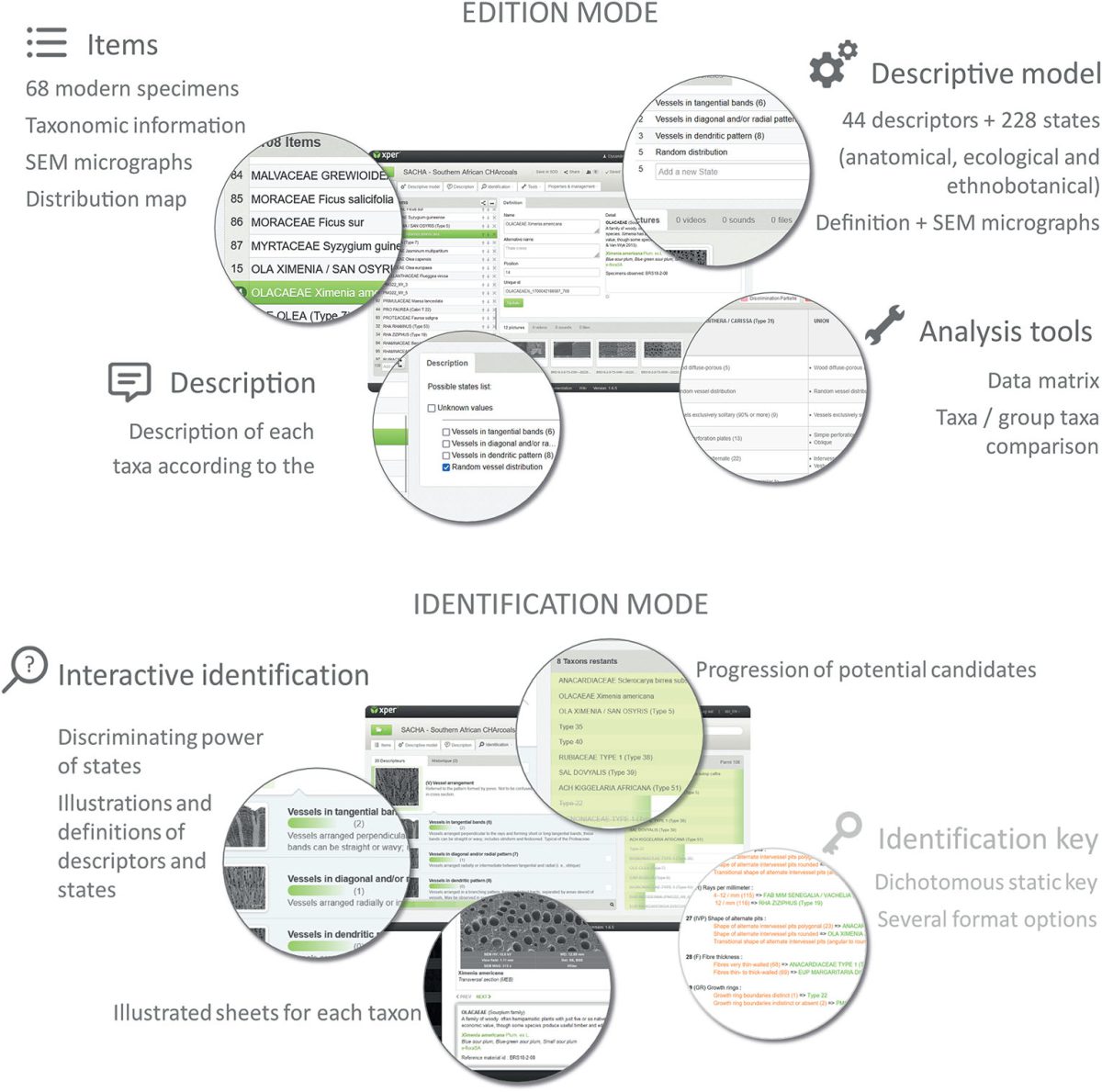
This volume presents the proceedings of the Session 20, Waterscapes archaeology: multi-scalar human-environment interactions in coastal lagoons, held at 7th International Landscape Archaeology Conference, 10 – 15 September 2022, Iași – Suceava, România and online. It brings together a collection of interdisciplinary studies examining the historical, ecological, and socio-economic significance of coastal lagoons across different regions and historical periods. The chapters explore long-term human interactions with these dynamic ecosystems, focusing on themes such as resource exploitation, settlement patterns, and paleo-environmental reconstructions. Special attention is given to the adaptive strategies developed by past societies in response to environmental changes. In light of contemporary challenges such as climate change and habitat degradation, the volume underscores the importance of integrating historical insights with modern conservation practices for the sustainable management of these vulnerable ecosystems.
Maison d’edition: Archaeopress Archaeology
Source: 10.32028/9781803279534
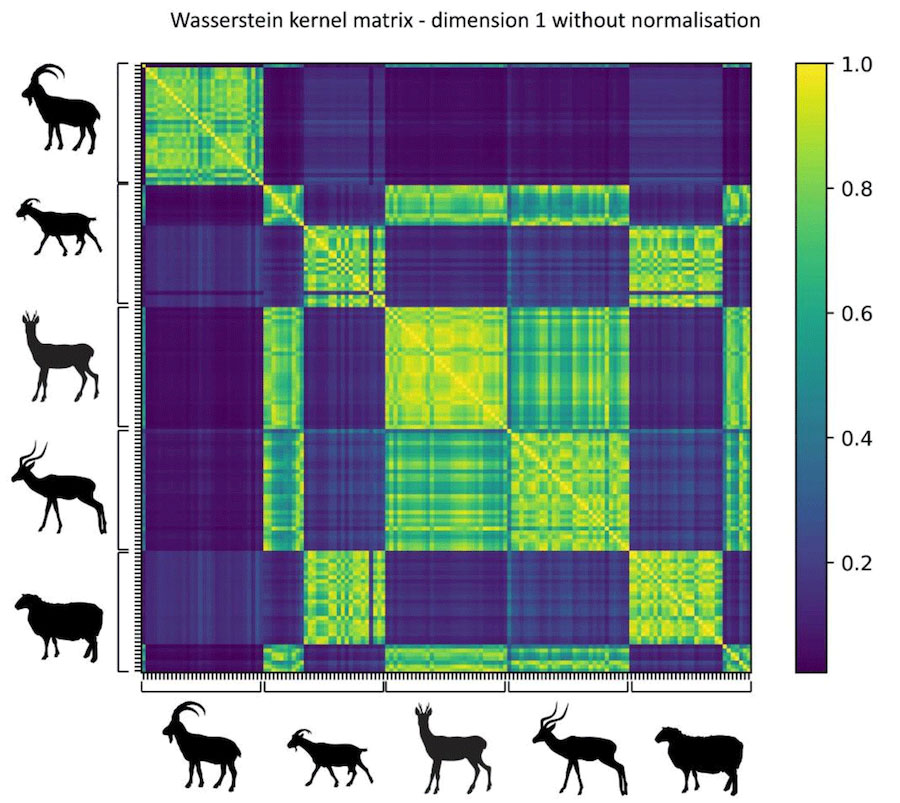
source : https://doi.org/10.5334/jcaa.181
The faunal remains from numerous Holocene archaeological sites across southwest Asia frequently include the bones of various wild and domestic ungulates, such as sheep, goats, ibexes, roe deer and gazelles. These assemblages may provide insight into hunting and animal husbandry strategies and offer palaeoecological information on ancient human societies. However, the skeletons of these taxa are highly similar in appearance, which presents a challenge for accurate identification based on their bones. This paper presents a case study to test the potential of topological data analysis (TDA) and multiple kernel learning (MKL) for inter-specific identification of 150 3D astragali belonging to modern and archaeological specimens. The joint application of TDA and MKL demonstrated remarkable efficacy in accurately identifying wild species, with a correct identification rate of approximately 90%. In contrast, the identification of domestic species exhibited a lower success rate, at approximately 60%. This low rate of identification of sheep and goat species is attributed to the morphological variability of domestic breeds. Moreover, while these methods assist in clearly identifying wild taxa from one another, they also highlight their morphological diversity. In this context, TDA and MKL could be invaluable for investigating intra-specific variability in domestic and wild animals. These methods offer a means of expanding our understanding of past domestic animal selection practices and techniques. They also facilitate an investigation into the morphological evolution of wild animal populations over time.
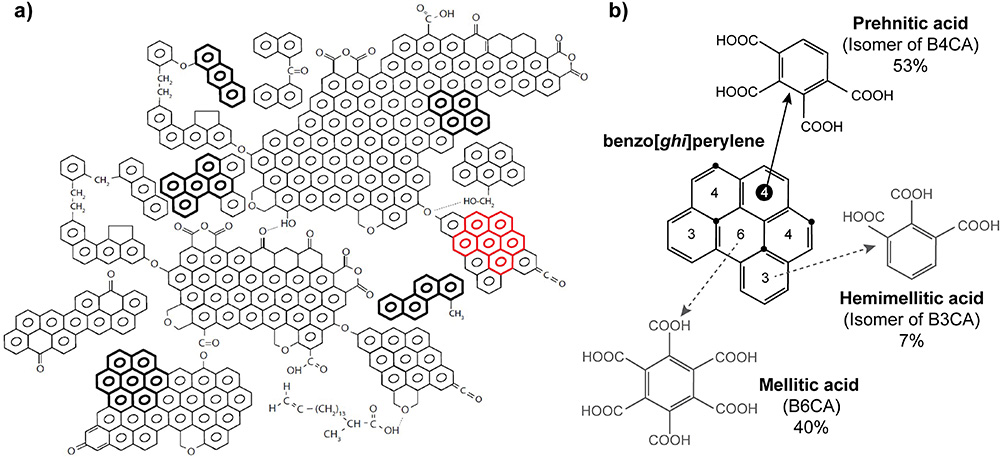
Source : https://doi.org/10.1371/journal.pone.0321584
The benzene polycarboxylic acid (BPCA) method is a technique to characterise the aromaticity and aromatic condensation of pyrogenic carbon (PyC) in charred residues. As a molecular marker for polycondensed aromatic moieties, the analysis of BPCAs in archaeological contexts has great potential as a means of detecting and characterising charred residues where past fire traces are not evident. Despite the increased frequency of applications and significant developments since the method’s inception, no central database of BPCA results for modern charcoal pyrolysed under controlled laboratory conditions exists. Limited sample sizes in previous research have restricted the ability to precisely quantify the effects of combustion temperature, precursor feedstocks, pyrolysis parameters (e.g., oxygen availability), and methodological aspects (e.g., chromatography) on resultant BPCA profiles. To remedy this, we present the BPChAr database, which contains a total of 236 BPCA results on modern lab-produced charcoal. Through statistical analyses of the gathered data, we quantify the relationship between combustion temperature and resultant BPCA profiles, and construct random forest models to predict combustion temperature in unknown samples. Our findings show that additional variables hypothesised to play a role in shaping BPCA results — such as precursor feedstock type, oxygen availability during pyrolysis, and chromatographic separation method — have statistically significant implications for resultant BPCA profiles. Our analysis nuances these observations, highlighting at what charring temperatures and for what variables these concomitant parameters should be factored into the interpretation of BPCA results. Random forest models are also developed to predict precursor feedstock (hardwoods, softwoods, and grasses) in unknown samples, though further work is required to refine the accuracy of this model. The BPChAr database constitutes a fundamental tool for modern PyC research, and provides a baseline for future work aimed at employing the BPCA method in palaeoenvironmental and archaeological research.
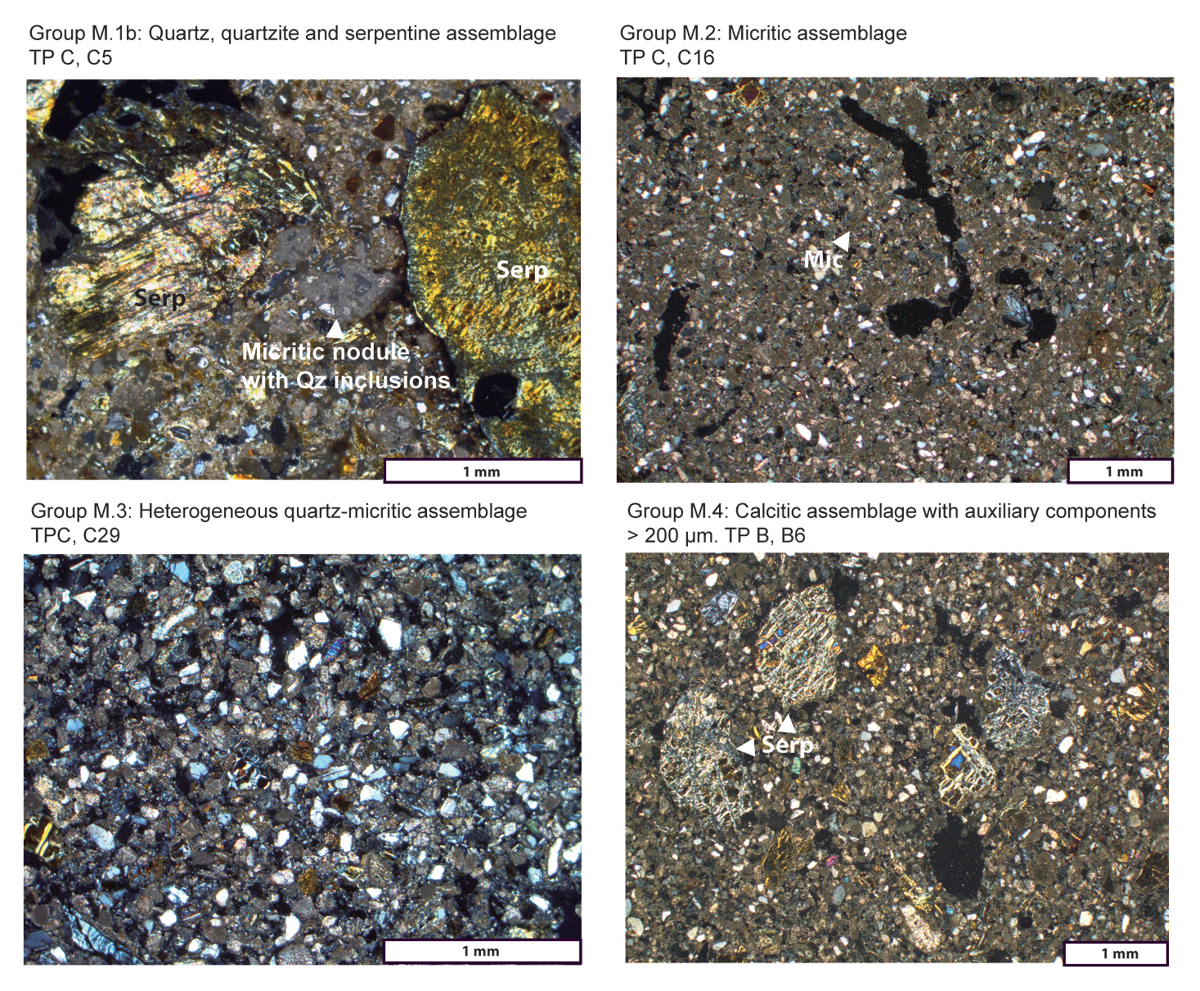
Source : ⟨10.5334/oq.143⟩
In arid environments, continental records of climate change are rare. In southeast Arabia, where most of the landscape is dominated by the ophiolithic al-Hajar mountains, palaeoclimatic data are mainly derived from sedimentary records on the piedmonts. In the mountains themselves, where human occupation could have prevailed during periods of climatic stress, sedimentary archives are weakly preserved. Recent studies have revealed the existence of thick but under-explored sedimentary archives in oases. In order to evaluate their potential as palaeoenvironmental records, we develop a geomorphic, sedimentological and mineralogical approach in the oasis of Masafi (UAE). Results allow us to identify sediment sources and deposition modes over the last 18 ka. Late Pleistocene deposits are comprised of quartz-rich aeolian sands from the Rub’al-Khali while Early to Mid-Holocene deposits (10–7.5 ka) are calcite-rich loess probably originating from the Persian Gulf, deposited on the slope upstream of the oasis and later remobilized during humid periods. Late Holocene records (after 2.7 ka) are more complex to interpret with the onset of anthropogenic activities. While sediment connectivity between the slope and the oasis still occurred up until the last 2 ka through the channelling of runoff water and gullying, we witness shifting soil management strategies and reduced sediment supply from the slopes after that date. As a conclusion, our results reveal complex morphoclimatic and anthropogenic processes in the oasis but its high potential as an archive of ancient climate change and alluvio-aeolian processes if studied with caution.
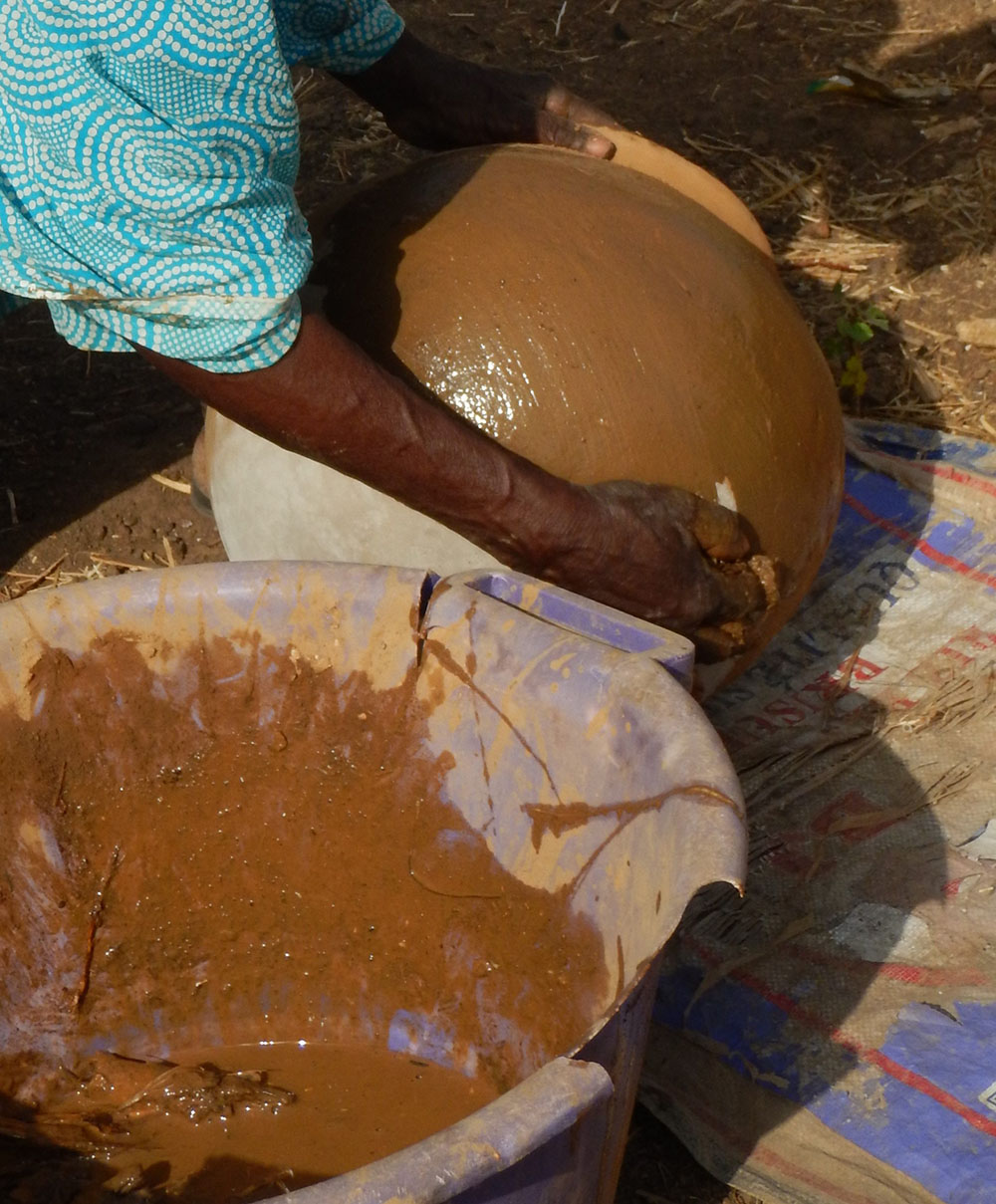
Résumé : Ethnoarchaeological studies have highlighted a wide variety of organic coatings used by contemporary potters’ communities. Previous analyses have demonstrated the absorption of organic molecules from coatings in pottery, but these were mainly based on experimental approaches using only a few products, without considering the complexity of the chaînes operatoires of pottery manufacture. This study addresses the question of the identification of organic coatings, by investigating ethnographic vessels from three different pottery traditions in southern Senegal which involve such surface treatments. Coated pots are analysed before and after use, combining macro- and mesoscopic observations alongside biomolecular investigations. Based on observational criteria, this work highlights the partial degradation of the organic coatings during the initial use of the pottery, with an almost complete disappearance of visual clues observed after some months of use. Biomolecular analyses confirm that lipids from coating products can be absorbed. Yet, once the container has been used, it becomes challenging to distinguish between the coating products and the contents. However, one pottery displays molecular compounds that may originated from the coating product. These findings underscore the need to consider the entire life cycle of a ceramic vessel to ascertain the origin of the organic compounds trapped in its matrix. This origin may be traced back to either to the manufacturing stages of the vessel or to its use.
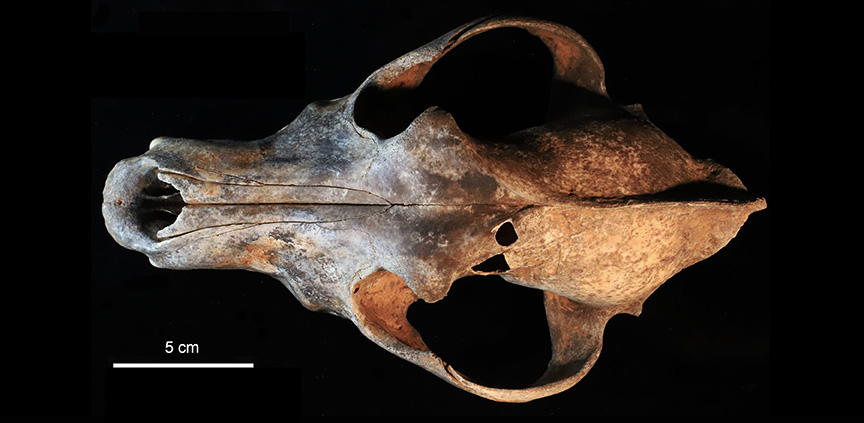
Source : https://doi.org/10.1016/j.quascirev.2025.109288
Completely preserved canid skeletons dating from the Pleistocene are rare finds. Here, we describe such a unique discovery from Baume Traucade, a cave site in the municipality of Issirac in southern France, which presents a rare opportunity to study in detail a series of skeletal elements from the same individual. This canid was likely a female with an estimated body mass of 26 kg and a shoulder height of 62 cm. It has an age of approximately 16.0 to 15.3 cal ka BP. Impact marks on the lumbar vertebrae and ribs, along with circular perforations on one of the scapulae, suggest that this canid was wounded by humans shortly before its death. The Baume Traucade skeleton is compared to a series of reference groups, including fossil and extant wolves, as well as Palaeolithic, prehistoric, and recent dogs. Linear discriminant analysis of its ln-transformed raw craniometric variables assigns this canid to the putative Palaeolithic dog group with a posterior probability of 99.5% and a typicality probability of 49.8%. Linear discriminant analysis of its allometrically size-adjusted craniometric variables assigns it to the same group with a posterior probability of 96.7% and a typicality probability of 75.1%. Furthermore, based on univariate analyses of its mandible and long bones, the Baume Traucade canid also shows the closest affinity with the group of putative Palaeolithic dogs.
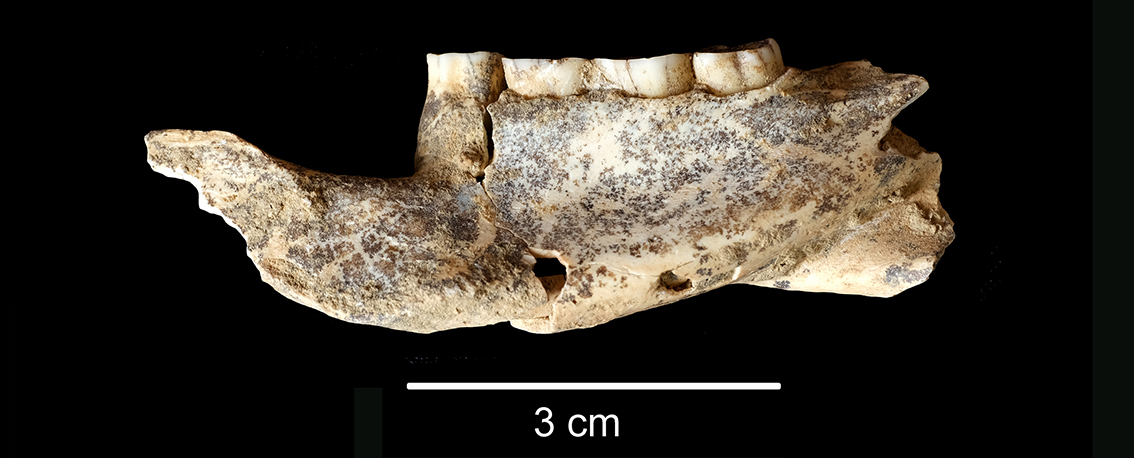
Source : https://doi.org/10.1016/j.jasrep.2025.105001
Level XV of the Baume Moula-Guercy, has yielded a porcupine mandible bearing p/4-m/3. Its morphology and small size allow us to attribute this specimen to Hystrix vinogradovi (Rodentia, Mammalia), a small species sporadically present in Eurasia during the Pleistocene. Its presence, associated with other thermophilic species, confirms an Eemian age (MIS 5e) for level XV of the Baume Moula-Guercy and highlights the impact of global warming during the Last Interglacial (LIG) on the distribution of mammal species.
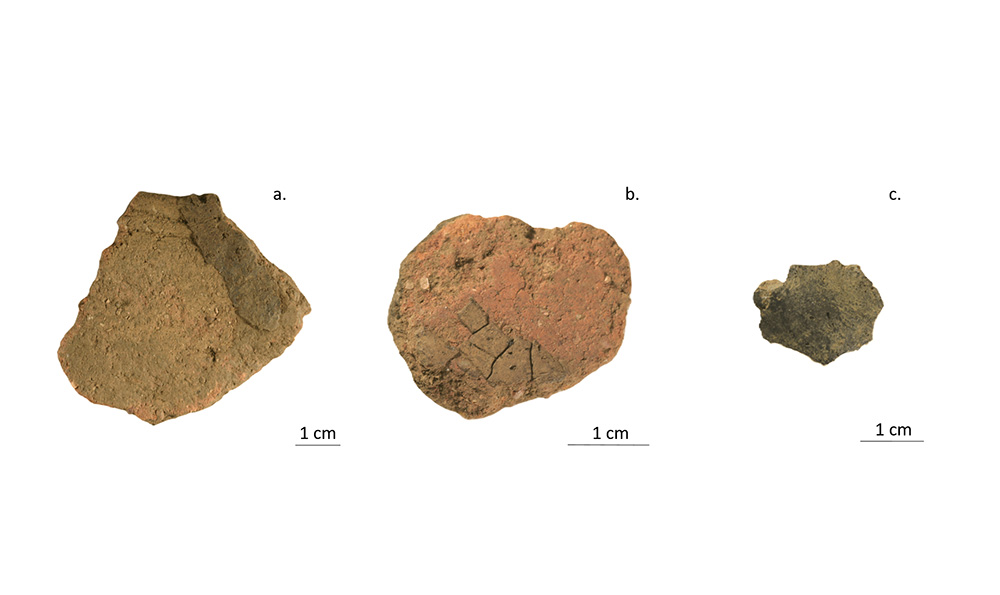
Résumé : En Corse, l’usage du brai de bouleau est attesté dès l’âge du Fer, par les études chimiques (Drieu et al. 2018, Rageot et al. 2016). Ces résultats inédits ont permis d’émettre des hypothèses sur les usages, les stratégies d’acquisition de ce matériau et les modes de fabrication notamment (Rageot et al. 2019). En ce qui concerne l’âge du Bronze final, du brai de bouleau a été identifié au sein de deux échantillons issus de deux sites corses (I Casteddi et Mezana) (Koch et al. 2024), permettant ainsi d’attester de l’ancienneté de son exploitation. Ces données suggèrent que l’absence de brai de bouleau durant l’âge du Bronze en Europe serait le résultat, non pas d’un fait archéologique, mais d’une orientation de la recherche sur d’autres périodes et sur certains types de vestiges (Koch et al. 2024). Afin d’étudier l’évolution des pratiques artisanales en Corse durant les âges de métaux, une dizaine de résidus organiques issus de niveaux d’occupation de l’âge du Bronze provenant du site de Cuciurpula a été analysée en chromatographie en phase gazeuse couplée à un spectromètre de masse (GC-MS). Cette étude confirme la continuité de l’exploitation de l’écorce de bouleau pour la fabrication du brai de bouleau durant les âges des métaux en Corse et renforce l’hypothèse d’une rupture dans les pratiques artisanales et/ou culturelles. En effet, à l’âge du Bronze, le brai de bouleau semble être utilisé de manière exclusive, contrairement à l’âge du Fer, où l’on observe une diversité de substances naturelles (résine et goudron de conifères, cire d’abeille) employées pour des usages similaires (adhésifs, imperméabilisation).
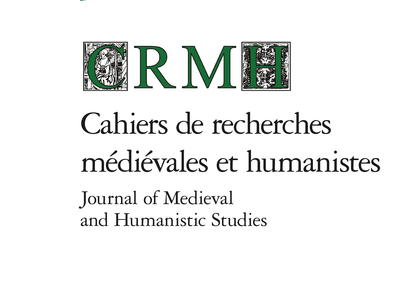
Source : https://classiques-garnier.com/cahiers-de-recherches-medievales-et-humanistes-journal-of-medieval-and-humanistic-studies-2024-2-n-48-varia-le-projet-d-abdication-de-louis-ix.html
Sommaire (PDF)
Résumé : Les actions de la reine Marguerite de Provence (1221-1295), épouse du roi de France canonisé, Louis IX, ne sont pas suffisamment étudiées. Il s’agit de reprendre la question du souhait qu’aurait eu Saint Louis d’entrer dans un des deux principaux ordres mendiants (Dominicains ou Franciscains) et la place qu’aurait jouée, dans le refus finalement exprimé par le roi, son épouse la reine Marguerite.











